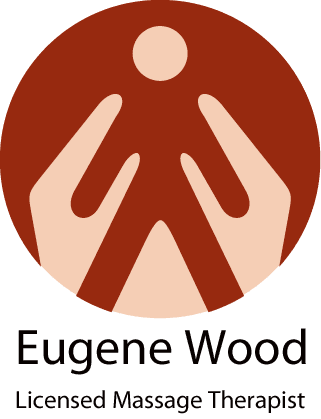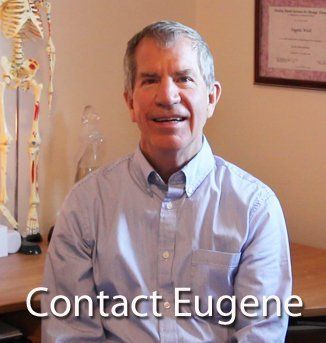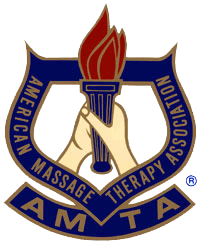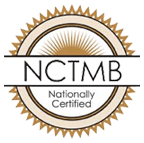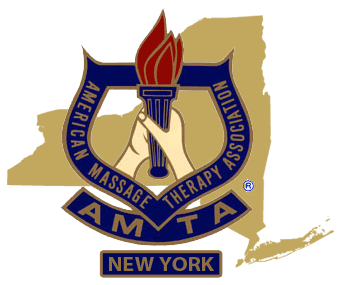Myofascial Release Therapy Nassau County NY
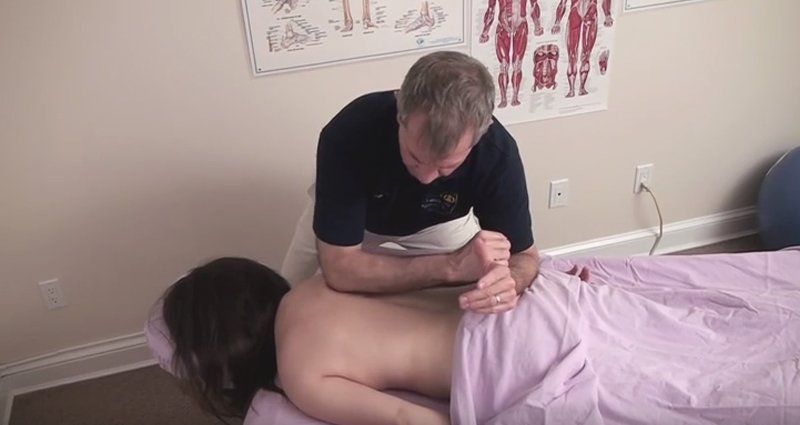
(917) 952-8052 or
Visit my Contact Page
Visit my Contact Page
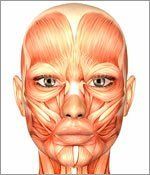
Without the blood, preferably saturated with oxygen and nourished with the iron to carry it, the injured tissue is not likely to fully recover. This tendency leads too many people to believe that a full recovery is not possible. While this may be the case sometimes, it is certainly not the case most of the time!
Myofascial Release Therapy is a therapeutic modality that is focused on relieving strain on underlying tissues through affecting the network of fascial tissue that wraps and sections off every individual muscle and muscle group.
Myofascial Release Therapy is a therapeutic modality that is focused on relieving strain on underlying tissues through affecting the network of fascial tissue that wraps and sections off every individual muscle and muscle group.
The fascia organizes the individual muscle and allows it to glide freely against another muscle. It also organizes the muscle group, which allows primary and secondary movements to coordinate movements within a specific group. An example of this is the way it is possible to do two actions at the same time, such as pushing out of the shoulders while simultaneously pushing the arms inward towards each other.
This modality concentrates on allowing the underlying structures to move freely beneath the fascial planes. The definition of underlying structures includes muscles, nerves, organs and blood vessels. There are other important structures as well, but these are the main ones, and they are easy to visualize. All of these structures are organized by a thin network of tissue called fascia.
The best way to visualize what fascia is and how it behaves is to imagine anywhere from one to several layers of saran wrap creating an envelope around every muscle, bone and organ in the body. Imagine that nerves must pass through the saran wrap in order to reach the muscles, etc. Now, if that saran wrap is suddenly tightened, as often happens after an injury, surgery, or traumatic event, it is easy to see how the blood vessels and nerves could become pinched.
When the fascial planes are relieved from chronic compression, regardless of what caused the compression, the expected result is that the blood and lymph will circulate, muscles will lengthen, and breathing typically becomes deepened. It is hard to imagine a condition that will not gain benefit from these effects! However, it is important to mention any unusual medical conditions to your therapist so that they can respond appropriately.
Whether you are involved is sports, or are just involved in living, the chances are that you have noticed a change in your range of motion from time to time. One of the interesting things about fascia is that, just like saran wrap, it can stick to itself! In Myofascial Massage Therapy, this is known as an "adhesion." Adhesions prevent the fascial planes from freely sliding against each other. They cause a feeling of tightness or even pain as the nerves that perforate the fascia become pinched. This can result in a myriad of sensations, all of which are associated with nerves in trouble: Shooting, prickling, stinging, pins and needles, etc.
Even if there is no dramatic sensation, a pinched nerve will certainly supply the muscle that it innervates with a lower amount of energy. This can explain why your muscles may feel strong one day but weak the next. Or perhaps you have noticed that you cannot do the same things that you used to do?
When you seek a qualified practitioner of Myofascial Release Therapy, you will likely experience a return of some of these abilities, so it is important to never waste the opportunity to ensure that the changes can be maintained. Make a wish-list of the things you would like to be able to do again. Make sure that you ask your therapist how to track your improvement. List the things that improve your condition and the things that make it worse; do more of the first and less of the second!
Discuss your goals with your therapist, because they are highly-trained professionals who receive specialized training on how to improve your condition. All therapists, including practitioners of Myofascial Release Therapy, must pass examinations in Anatomy, Physiology, Pathology, and several other subjects in order to practice in this state.
You can expect to be able to talk with them about your medical conditions as well as your ambitions for recovery. These therapists are trained to be a member of your personal recovery team, and you can expect a kind of personalized attention that is increasingly hard to find in the general medical professions.
This modality concentrates on allowing the underlying structures to move freely beneath the fascial planes. The definition of underlying structures includes muscles, nerves, organs and blood vessels. There are other important structures as well, but these are the main ones, and they are easy to visualize. All of these structures are organized by a thin network of tissue called fascia.
The best way to visualize what fascia is and how it behaves is to imagine anywhere from one to several layers of saran wrap creating an envelope around every muscle, bone and organ in the body. Imagine that nerves must pass through the saran wrap in order to reach the muscles, etc. Now, if that saran wrap is suddenly tightened, as often happens after an injury, surgery, or traumatic event, it is easy to see how the blood vessels and nerves could become pinched.
When the fascial planes are relieved from chronic compression, regardless of what caused the compression, the expected result is that the blood and lymph will circulate, muscles will lengthen, and breathing typically becomes deepened. It is hard to imagine a condition that will not gain benefit from these effects! However, it is important to mention any unusual medical conditions to your therapist so that they can respond appropriately.
Whether you are involved is sports, or are just involved in living, the chances are that you have noticed a change in your range of motion from time to time. One of the interesting things about fascia is that, just like saran wrap, it can stick to itself! In Myofascial Massage Therapy, this is known as an "adhesion." Adhesions prevent the fascial planes from freely sliding against each other. They cause a feeling of tightness or even pain as the nerves that perforate the fascia become pinched. This can result in a myriad of sensations, all of which are associated with nerves in trouble: Shooting, prickling, stinging, pins and needles, etc.
Even if there is no dramatic sensation, a pinched nerve will certainly supply the muscle that it innervates with a lower amount of energy. This can explain why your muscles may feel strong one day but weak the next. Or perhaps you have noticed that you cannot do the same things that you used to do?
When you seek a qualified practitioner of Myofascial Release Therapy, you will likely experience a return of some of these abilities, so it is important to never waste the opportunity to ensure that the changes can be maintained. Make a wish-list of the things you would like to be able to do again. Make sure that you ask your therapist how to track your improvement. List the things that improve your condition and the things that make it worse; do more of the first and less of the second!
Discuss your goals with your therapist, because they are highly-trained professionals who receive specialized training on how to improve your condition. All therapists, including practitioners of Myofascial Release Therapy, must pass examinations in Anatomy, Physiology, Pathology, and several other subjects in order to practice in this state.
You can expect to be able to talk with them about your medical conditions as well as your ambitions for recovery. These therapists are trained to be a member of your personal recovery team, and you can expect a kind of personalized attention that is increasingly hard to find in the general medical professions.
Contact Eugene Wood Myofascial Release Treatments
Please get in touch with us now with any questions and concerns that you have about this effective method of reducing pain and restoring the range of motion in your body.
Our experts in Myofascial Release Therapy offer an incentive to new clients of $20 off on your first visit. It is our way of thanking you for the opportunity to demonstrate this powerful healing modality!
Please Contact Eugene Wood today.
Our experts in Myofascial Release Therapy offer an incentive to new clients of $20 off on your first visit. It is our way of thanking you for the opportunity to demonstrate this powerful healing modality!
Please Contact Eugene Wood today.
